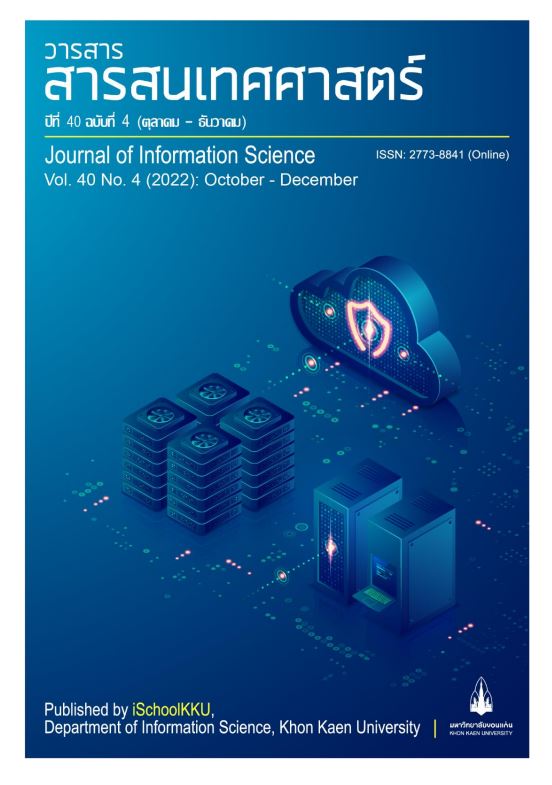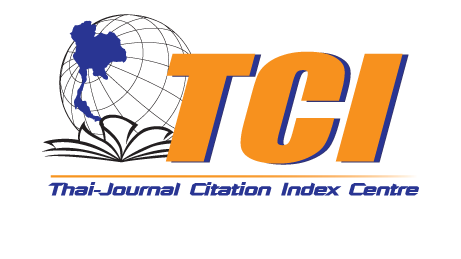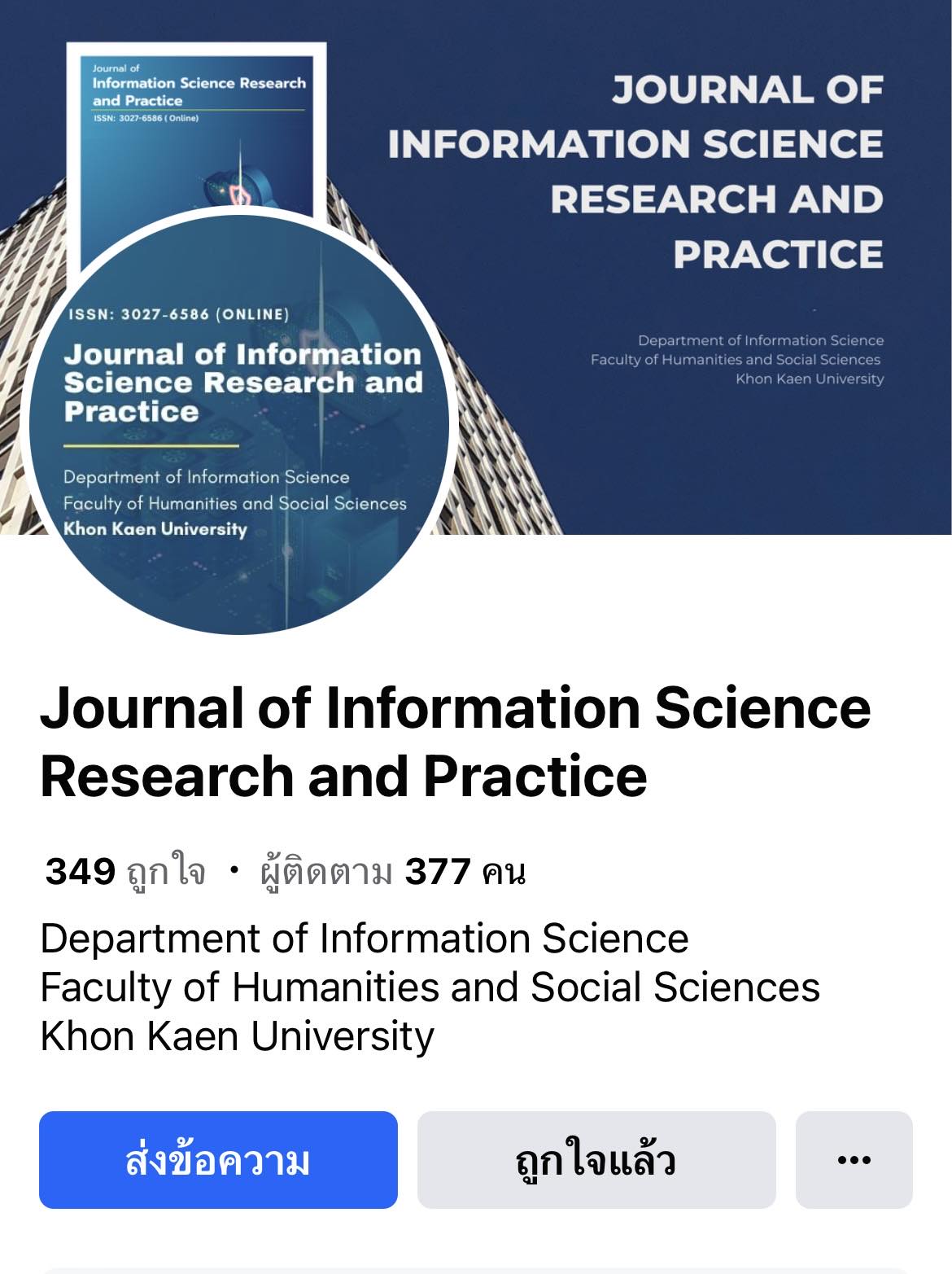Assessment of Using on Mixed Media Reality Technology Exhibition: a Case of the Transformation of Ratchatani Siwanalai in the Candle Festival at Ubon Ratchathani
DOI:
https://doi.org/10.14456/jiskku.2022.22Keywords:
Digital art creations, Mixed media reality, Cultural conservation, The candle festivalAbstract
Purpose: This study assessed the quality of digital arts of mixed media reality technology exhibition “Ratchathani Siwanalai” in the Candle Festival of Ubonratchathani Province used as a transformational media of the traditional candle festival.
Methodology: The research began with examining, collecting, analyzing and synthesizing relevant data for creating digital arts “Ratchathani Siwanalai” using mixed media reality approach, and eventually displaying the digital arts in the form of exhibition for public viewers and quality assessment.
Findings: The measurement of the target group’s satisfaction with the creative digital arts exhibition indicated that the group was satisfied with the reality technology exhibition at the maximum level, and the average level of their perception of the digital arts exhibition was as high as 4.76. In addition, the exhibition viewers gained new experiences in viewing media technology exhibition displaying arts, culture and tradition of the lent candle festival at the highest level. Their awareness and understanding in the candle festivals was also found to be increasing.
Applications of this study: Using the mixed reality technology exhibition for transforming the candle festival of Ubon Ratchathani Province creates a unique work of arts and relational aesthetic value which can be preserved as a modern learning source in the digital era and passed on to the community.
Downloads
References
Cherdchoosilapa, A. (2019). Contemporary digital arts: northeastern Thai basketry. (In Thai). Journal of Fine Arts Research and Applied Arts, 6(2), 282-306.
Eilean, H. (2007). Measuring learning outcomes in museums, archives and libraries: the learning impact research project (LIRP). International Journal of Heritage Studies, 10(2), 151-174.
Mongkonpan, I. (2013). Multimedia electronic book for Lanna art and culture conservation regarding Gingkala dance. (In Thai). Rajabhat Chiang Mai Research Journal, 14(1), 27–39.
Nitiyuwit, T., & Kumtapol, Y. (2019). The tourism promotion application of 6 souvenirs that need to purchase in Phetchabun province with the augmented reality technology. Journal of Information Technology Management and Innovation, 6(1), 179-189.
Sylaiou, S., Mania, K., Paliokas, I., Pujol-Tost, L., Killintzis, V., & Liarokapis, F. (2017). Exploring the educational impact of diverse technologies in online virtual museums. International Journal of Arts and Technology, 10(1), 58-84.
Tantiset, K. (2014). The commodification of the candle festival of Ubonratchathani. (In Thai). Journal of Interdisciplinary Research: Graduate Studies, 3(1), 137-150.
Thatthum, W., Phramaha Jirayuth Payoko, & Saensing, P. (2021). The creating and developing innovative media for the tradition of rocket festival. (In Thai). Journal of Social Science and Buddhistic Anthropology, 6(12), 168-184.
Tom Dieck, M. C., Jung, T., & Tom Dieck, D. (2018). Enhancing art gallery visitors’ learning experience using wearable augmented reality: generic learning outcomes perspective. Current Issues in Tourism 21(17), 2014-2034.
Tunsookasem, S. (2004). The communication and cultural change of Ubon Ratchathani ‘s candle festival. (In Thai). Doctoral dissertation thesis, Chulalongkorn University.








